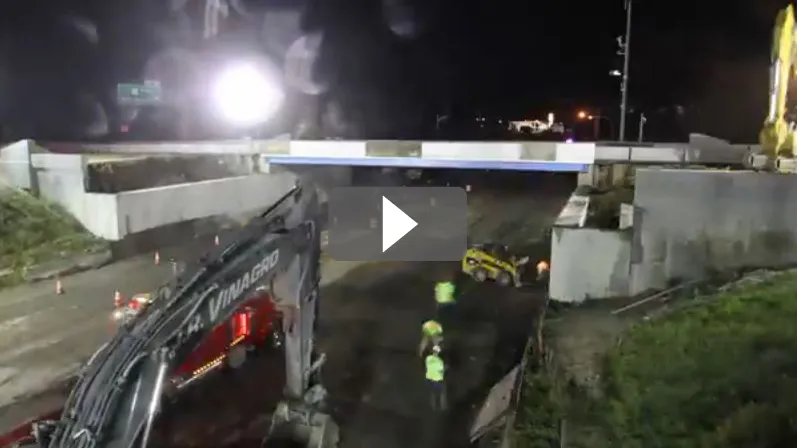Work is underway in the Australian city of Adelaide on a US$657 million upgrade of the Torrens Road to River Torrens section of the North-South Corridor.
Nearly 500 workers will eventually be on site to upgrade the 3.7km section of road, of which 3km will be made into a non-stop roadway.
The project includes a 2km section of non-stop lowered motorway as well as an overpass for the city’s Outer Harbour rail line. Contractors will deliver six intersection upgrades as well as improved cycling and pedestr
August 12, 2015
Read time: 2 mins
Work is underway in the Australian city of Adelaide on a US$657 million upgrade of the Torrens Road to River Torrens section of the North-South Corridor.
Nearly 500 workers will eventually be on site to upgrade the 3.7km section of road, of which 3km will be made into a non-stop roadway.
The project includes a 2km section of non-stop lowered motorway as well as an overpass for the city’s Outer Harbour rail line. Contractors will deliver six intersection upgrades as well as improved cycling and pedestrian routes.
The South Australia state government said that up to 52,000 vehicles a day use the road which has suffered severe congestion. The upgrade should boost capacity to around 115,000 vehicles a day when work is completed by the end of 2018.
The state government said the project, along with a $455 million upgrade to the 2.km Darlington section to begin later this year, are part of general enhancements for North-South Corridor.
Funding for both projects has come from the federal government and the South Australia government.
More information about the Torrens Road to River Torrens North-South Corridor upgrade can be found by %$Linker:2 External <?xml version="1.0" encoding="utf-16"?><dictionary /> 0 0 0 oLinkExternal clicking here Visit www.infrastructure.sa.gov.au website false http://www.infrastructure.sa.gov.au/t2t false false %>.
Nearly 500 workers will eventually be on site to upgrade the 3.7km section of road, of which 3km will be made into a non-stop roadway.
The project includes a 2km section of non-stop lowered motorway as well as an overpass for the city’s Outer Harbour rail line. Contractors will deliver six intersection upgrades as well as improved cycling and pedestrian routes.
The South Australia state government said that up to 52,000 vehicles a day use the road which has suffered severe congestion. The upgrade should boost capacity to around 115,000 vehicles a day when work is completed by the end of 2018.
The state government said the project, along with a $455 million upgrade to the 2.km Darlington section to begin later this year, are part of general enhancements for North-South Corridor.
Funding for both projects has come from the federal government and the South Australia government.
More information about the Torrens Road to River Torrens North-South Corridor upgrade can be found by %$Linker:







